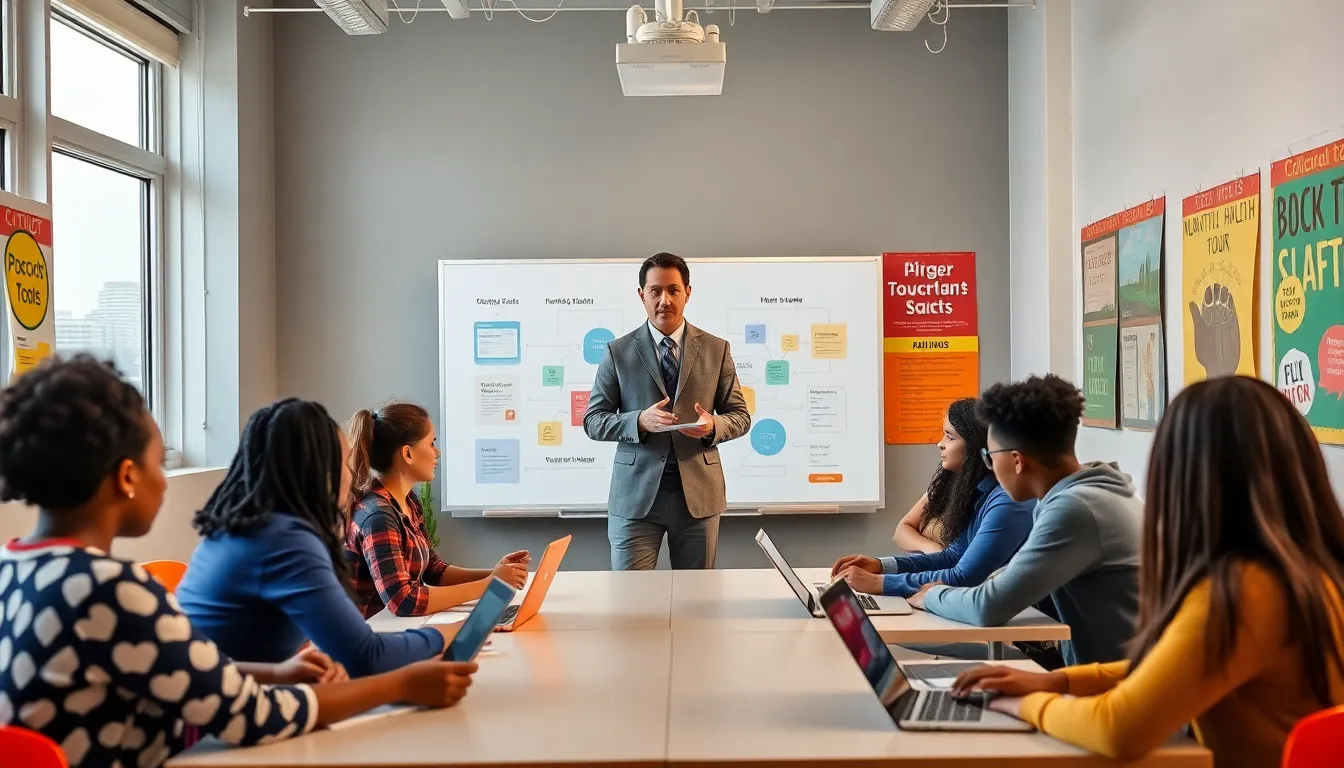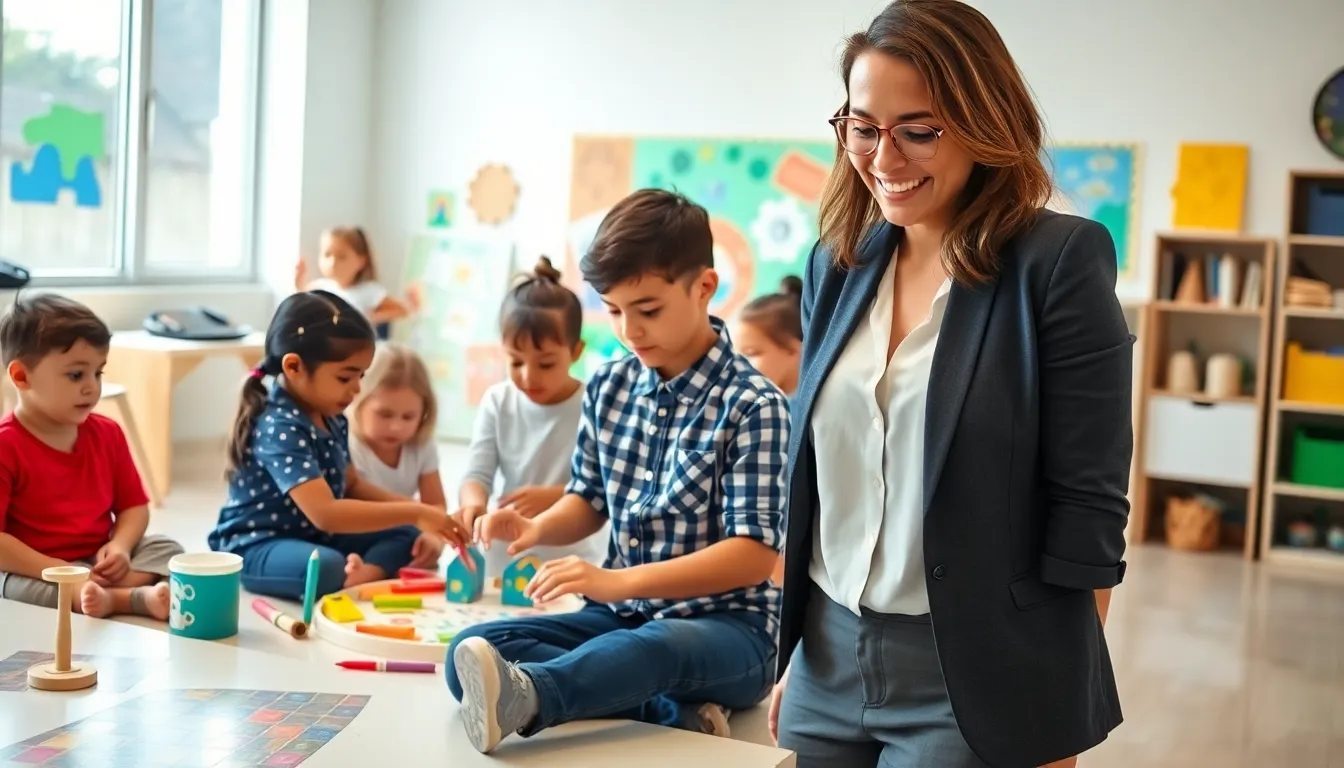Education is meant to be a guiding light for future generations, but lately, it feels more like a crowded debate stage filled with loud voices and divided opinions. From school funding that resembles a game of charades to standardized testing that raises more questions than it answers, the landscape of education is changing, sometimes for better, sometimes for worse. Buckle up as we dive headfirst into the controversial issues in education today, breaking them down with insight and a sprinkle of humor that even your high school history teacher would appreciate.
Table of Contents
ToggleFunding Disparities in Schools

Funding disparities in schools are not just boring budget discussions: they are deeply rooted issues that affect the quality of education for millions. Wealthy districts often enjoy well-stocked libraries, advanced technology, and extracurricular programs galore, while underfunded schools struggle to keep the lights on. It’s hard to ignore the glaring inequality when a school in a wealthy neighborhood boasts state-of-the-art facilities while its counterpart in a lower-income area faces crumbling walls and outdated textbooks.
These funding gaps aren’t just numbers on a spreadsheet: they shape students’ futures. Children in underfunded schools are more likely to encounter large class sizes, fewer resources, and less experienced teachers. The difference doesn’t just end within the classroom: it permeates the community. The debate continues, should school funding be tied to local property taxes, or should it focus more on equitable distribution? John Dewey would probably have a thing or two to say about it.
Standardized Testing and Its Impact
Standardized testing has taken the educational world by storm, but not everyone has gotten onboard. Designed to measure student performance objectively, these tests often turn into a student’s worst nightmare. Critics argue that they reduce education to little more than rote memorization and test scores. Imagine preparing for an exam that could determine your entire academic career. No pressure there, right?
Besides, the emphasis on testing can lead teachers to ‘teach to the test’ rather than encourage critical thinking and creativity. Standardized testing also raises concerns for marginalized students, whose scores may not reflect their true capabilities due to various socio-economic factors. Are we truly gauging understanding or simply checking boxes? As the debate rages on, some advocate for more holistic forms of assessment that embrace a broader vision of learning.
Curriculum Content and Censorship
When it comes to what students learn, the contents of curriculum can spark intense debates. In recent years, there’s been a growing push to either censor or highlight certain topics, ranging from history to social issues. Picture this: a classroom where discussions on civil rights, gender identity, and climate change are boiling hot or locked behind closed doors. Sounds like a college campus drama, doesn’t it?
The censorship of curriculum often stems from differing political, cultural, or parental views. Some circles argue for a more inclusive curriculum that represents diverse perspectives while others push for what they deem ‘traditional’ values. Eventually, this clash can create an educational environment that is either stifling or enriching, depending on which side of the fence one sits on. The core question remains: how do educators balance academic freedom with societal values?
Debates Over School Safety Measures
Make no mistake, debates over school safety measures have emerged as a major concern in recent years. With school shootings making headlines, the topic has shifted into the spotlight. Some advocate for stricter gun control, while others argue for better mental health resources or increased security measures in schools.
While safety is undoubtedly paramount, there is a thin line that educators walk. More security can lead to feelings of prison rather than learning, while the lack of adequate measures can leave students and parents feeling vulnerable. Various strategies, from active shooter drills to enhanced mental health services, are being discussed and implemented. The goal is clear: create a safe environment conducive to learning, but the road to get there is fraught with disagreements.
Teacher Autonomy and Professionalism
Teachers are often seen as the architects of future generations, yet many feel their autonomy is under siege. With the increasing demands from administration, standardized testing, and changing curriculums, educators often feel more like employees than professionals.
Teacher autonomy encompasses their ability to make decisions about classroom management, pedagogy, and even curriculum choices. When educators feel empowered, they tend to foster more engaging and personal learning environments. But, with growing administrative oversight, this freedom is often curtailed. The question lingers: how can schools strike a balance between necessary guidelines and the respect for teachers as professionals? Ideally, educators should be regarded as the skilled professionals they are.
The Role of Technology in Education
The rise of technology in education has sparked countless discussions. While many see technology as a boon, making information accessible, others are concerned about its implications. Students today carry around powerful tools in the form of smartphones and tablets, giving them access to an entire world of information. But, with great power comes great responsibility, or greater distraction.
Technology can help collaboration and exploratory learning, enabling students to connect in ways that were unimaginable decades ago. Yet, the digital divide remains a challenge, particularly for low-income families without access to reliable internet. The debate focuses on how to harness technology efficiently while ensuring that all students have equitable access to these resources.
Mental Health Awareness in Schools
As mental health issues continue to rise, schools find themselves at the forefront of tackling these challenges. It’s no longer just about math formulas or history dates: educators are increasingly expected to support students’ mental health, too. Awkward? Perhaps. Necessary? Absolutely.
Schools are beginning to recognize the importance of mental well-being, with many integrating mental health awareness into their curriculums. Strategies include creating safe spaces, implementing counseling programs, and offering resources for students. When mental health is prioritized, the outcomes are promising, students report better academic performance and improved overall well-being. As the stigma surrounding mental illness diminishes, schools can create a supportive environment, making a real difference in young lives.








